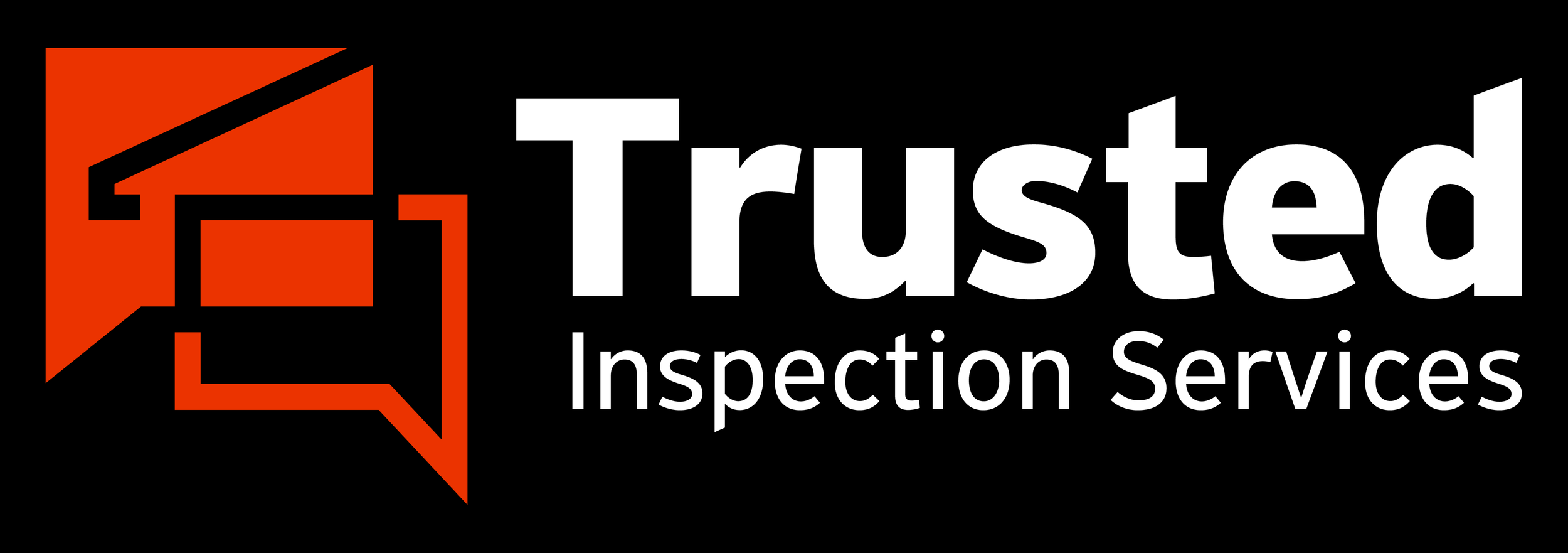Real estate transactions can come to a halt when mold is found. Here’s what you should know.
Know the Law in New York State
In New York State there is strict enforcement for businesses that offer mold-related services. The goal is consumer protection. Specifically, as of January 1, 2016, New York state’s Labor Department now enforces Article 32 of the labor law called the “Mold Program.” This law regulates who can perform mold-related work.
Consumers are protected in a number of ways. Here is a quick synapses: (a) mold contractors must be trained, (b) mold contractors must hold appropriate licenses, (b) and mold assessment cannot be produced by the same contractor who does remediation (cleanup).
What is mold?
Mold is multi-cellular fungi and is found everywhere, so people are exposed to mold spores in their homes daily. Mold releases spores into the air. The presence of harmful mold means there is too much moisture, so the key is to control moisture and have proper ventilation. For example, leaking pipes, roofs, and other water damage breeds mold behind shower walls, crawl spaces, or other damp areas. There may be hidden areas of mold like in air conditioning ducts.
Is mold harmful to people?
Yes, mold is harmful. According to the Center for Disease Control (CDC), all mold is a potential health hazard so arrange to have it removed. Light sensitivity to mold could yield a stuffy nose, wheezing, itchy eyes or skin, and allergies. In sever cases, people with weakened immune systems can get mold infections, or asthma can develop.
Contrary to some rumors, there is no evidence that mold causes lung cancer. However, be aware that radon gas does, and is the second leading source of cancer behind cigarette smoking.
Are homeowners required to clean up mold in NY State?
No. New York State law says that homeowners do not need to do anything about mold. These decisions can impact a real estate transaction because home buyers want proof of a healthy home. Lenders may also require mold assessment to qualify for mortgages. Mold contractors in New York State, however, are required to report on findings and give the information to their client.
How do you solve the mold problem?
Homeowners may do their own remediation without a license. According to InterNachi, if the moldy area is less than roughly a 3-foot by 3-foot patch, the homeowner can usually do the cleanup.
But a proper mold assessment gives the homeowner valuable information. A mold assessment includes a visual inspection and moisture meter, and a documented remediation plan, including clear criteria that must be met that indicates the cleanup is complete. After remediation or cleanup (by a separate contractor), the mold assessor returns for a post-remediation assessment. The criteria set forth in the plan must be met.
Mold sampling is rarely helpful
Since mold is found everywhere, and there are many forms of mold, there is a good chance that mold will be found. Therefore, a better approach is to look for signs of moisture and identify places with little or no air movement; areas that breed mold. Also, there are no national or New York State standards for comparing levels of mold, so there would be no consensus about proper levels of mold.
We can provide a mold assessment. the presences of mold during a real estate transaction can impact the sale.
Sources:
https://www.cdc.gov/mold/basics.htm
https://www.cdc.gov/mold/faqs.htm
https://labor.ny.gov/formsdocs/factsheets/pdfs/P227.pdf
https://labor.ny.gov/formsdocs/factsheets/pdfs/P228.pdf
https://labor.ny.gov/workerprotection/safetyhealth/mold/mold-program.shtm

